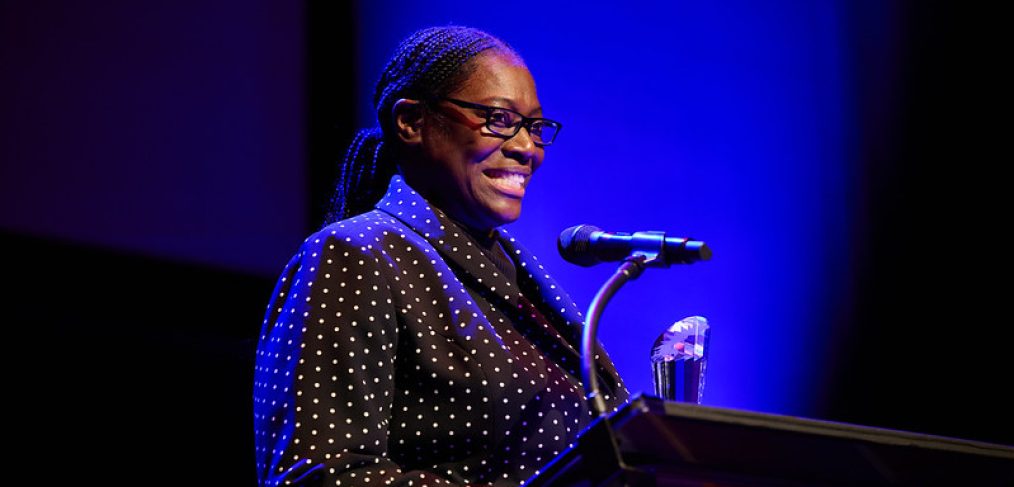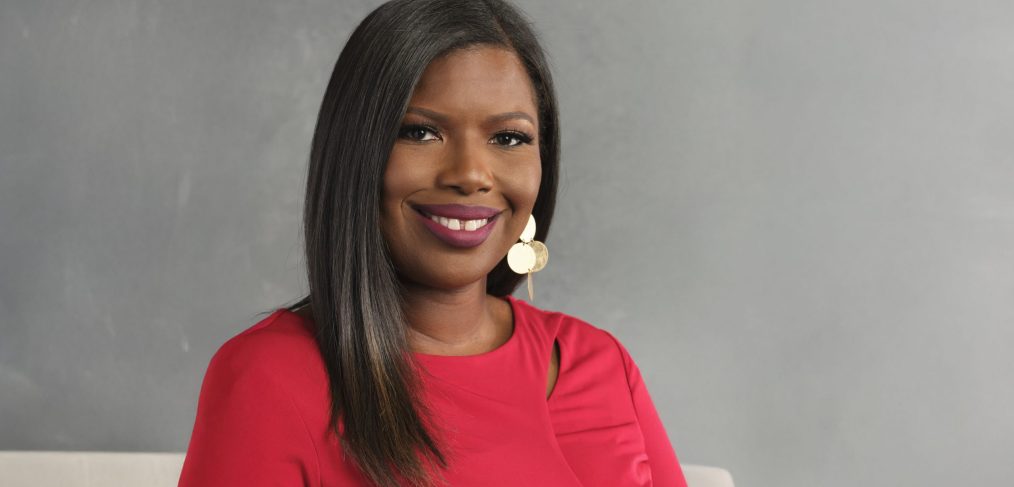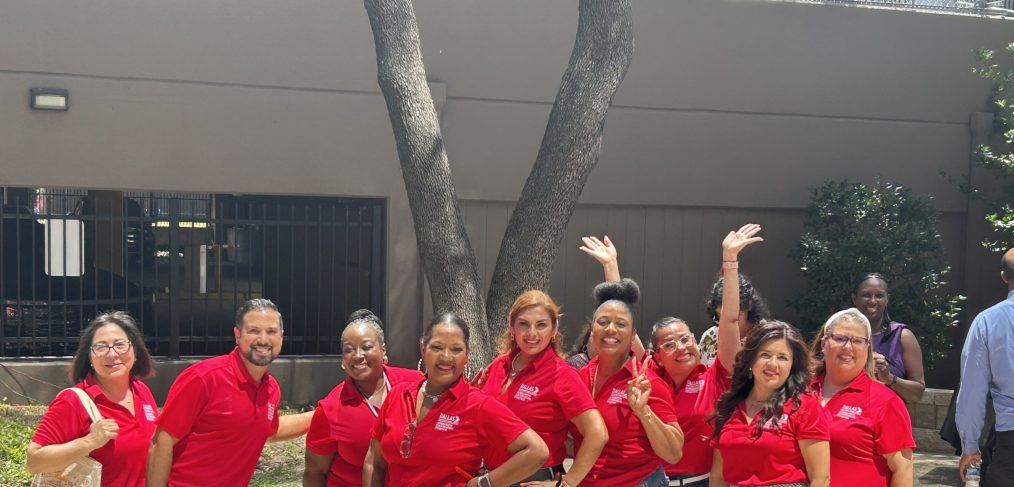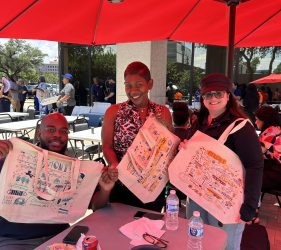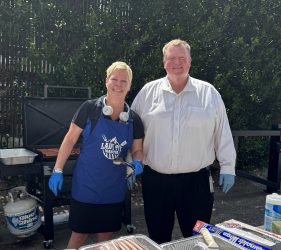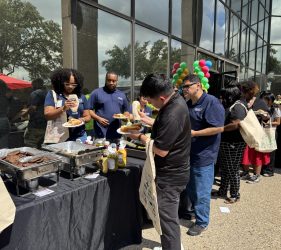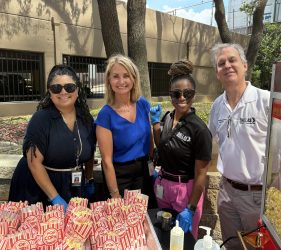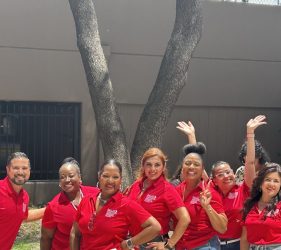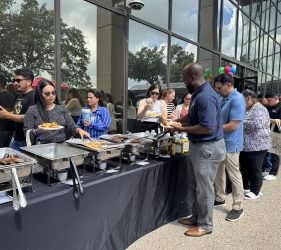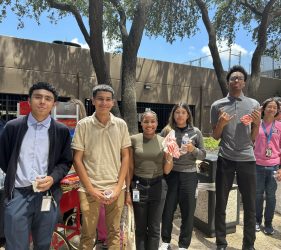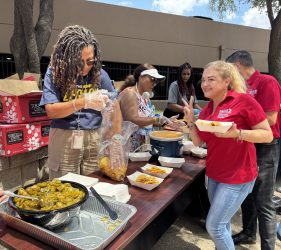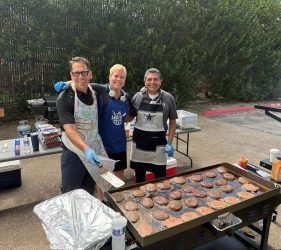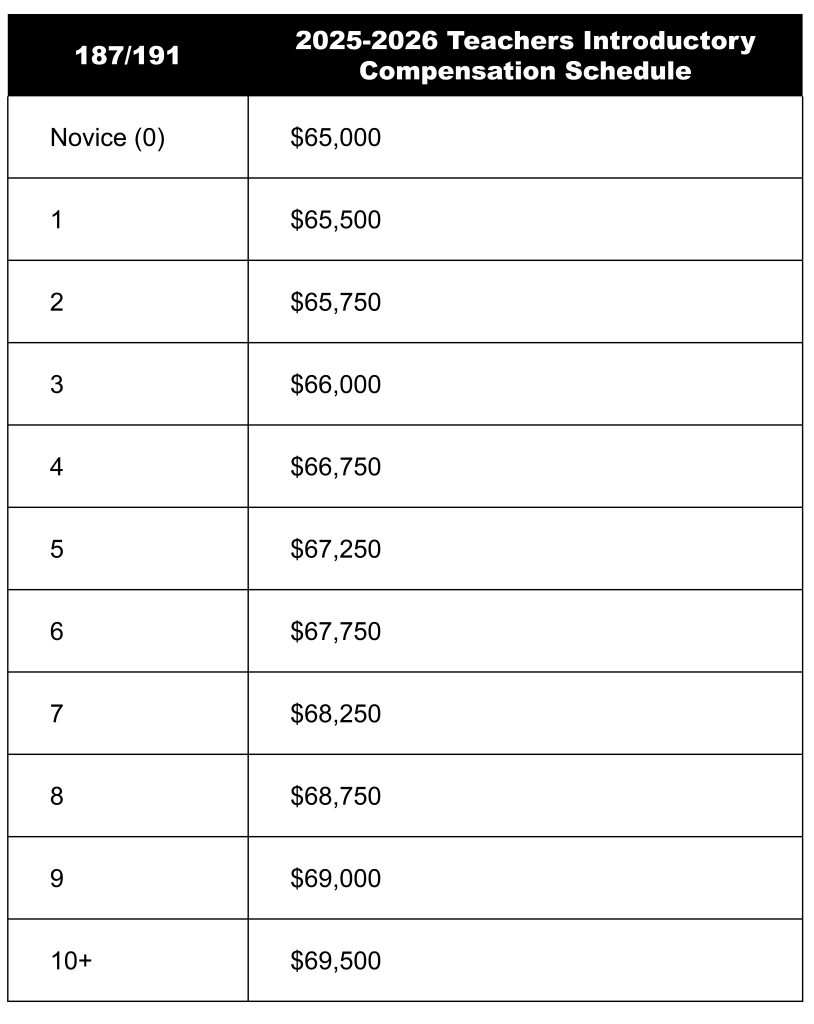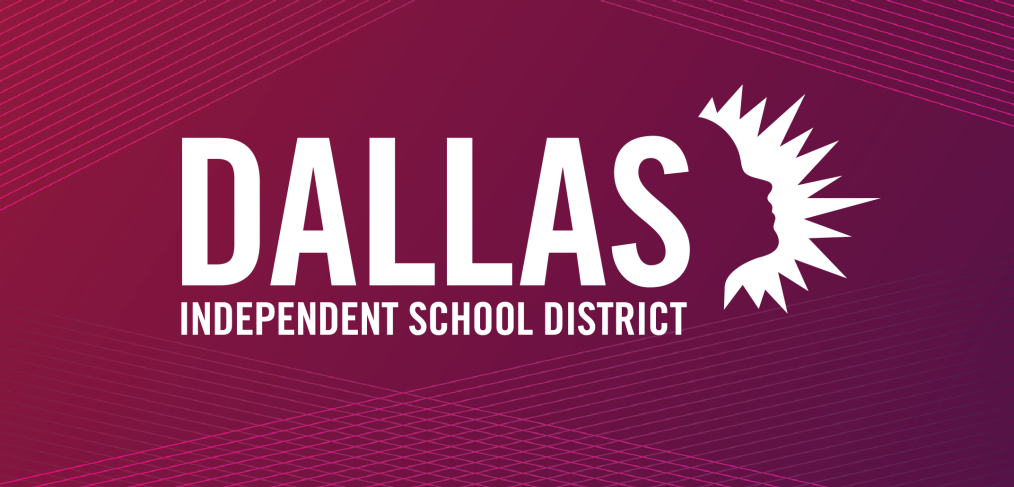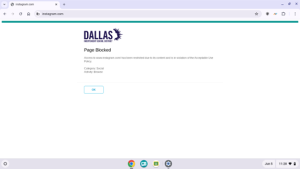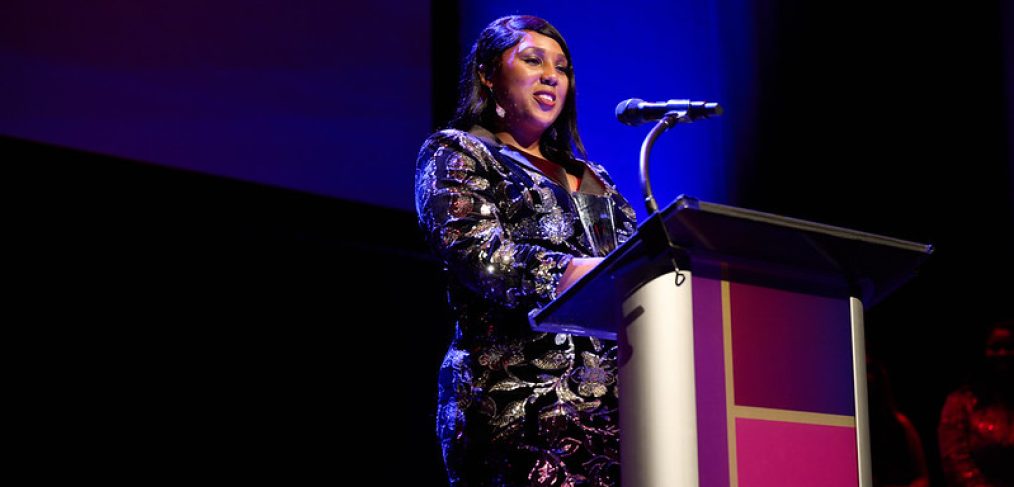Beverly Mullins-Ford, principal at Anne Frank Elementary School, has a passion for creating meaningful relationships with her students and colleagues. In recent years, she has experienced an abundance of full-circle moments, reminders of the deep connections, lasting memories, and generational impact that she has fostered during her 42-year career with Dallas ISD.
“What impacts me most is when I see how our teachers care about each other,” Ford said.
Two years ago, a teacher who worked at Anne Frank for 20 years passed away from pancreatic cancer. It was an experience that weighed heavily on the school community, as they watched her illness progress and ultimately said goodbye, she said. Ford and the team members rallied around the teacher and have continued to honor her.
“Every year, we do a pancreatic cancer walk,” Ford said. “Since she passed away, the staff, students, and parents have walked in her memory because of the way she impacted students in every grade. To me, the most impactful thing we have as educators is our influence and our legacy.”
Like the ties she forged between the school community and the former teacher, many of the seeds that Ford planted while creating meaningful relationships with her school team have blossomed into unexpected, life-changing moments.
In 2024, she received a phone call from the husband of a teacher who had retired 15 years earlier and had passed away. In honor of his late wife and her time at Anne Frank, he pledged to donate $100,000 over the next 15 years as a reminder of how often she used her own money to support students.
“I told him, ‘This is just what we do as teachers,’” Ford said. “Her husband wanted to help, and he reached back to do that. This is one of my favorite things about our school. We build a sense of family and community so people feel they can always come back. And that happened.”
Heartfelt moments like these are what Ford remembers most from her more than two decades at Anne Frank Elementary.
Ford began her journey in education as a teacher in 1985 at Edward H. Cary Middle School and eventually became an assistant principal at Edna Rowe Elementary School.
She earned her bachelor’s degree from The University of Texas followed by a master’s degree in education.
Ford has spent the last 26 years at Anne Frank Elementary School, first as assistant principal for 18 years and then as principal.
“When I was a teacher, I loved interacting with students. When I first became an assistant principal, I missed that,” Ford said. “Then I realized I had an entire building full of students. I just had to learn how to connect with 1,100 students, instead of just my 25 students per class period. It always has been important for me to create a space where students feel safe to connect and to be a part of the school.”
Ford recently experienced another full-circle moment when she was named Elementary Principal of the Year during the State of the District event.
“Standing there on stage at the Winspear, I saw a room full of stories—principals, teachers, and other executive directors that I have gotten to know over the years,” Ford said. “It was a great feeling to look out and see the result of my work sitting in front of me and to realize that my work isn’t in isolation.”
Among the attendees was Michael Jackson, executive director of Magnet and Montessori Schools, who was once a student in Ford’s eighth grade class at Cary Middle School. He even became a teacher at Anne Frank Elementary while Ford was assistant principal and has since served as an assistant principal, coach, principal, and now executive director.
“I’ve watched him grow up since he was in eighth grade,” she said. “He still comes by the school often to visit. I have created connections that have led to such amazing stories. For the rest of my life, I’ll be a part of his story and he’ll be a part of mine. I think we do that for every teacher that we remember. Schools are such a big part of our lives, and that is where we build lasting memories.”

